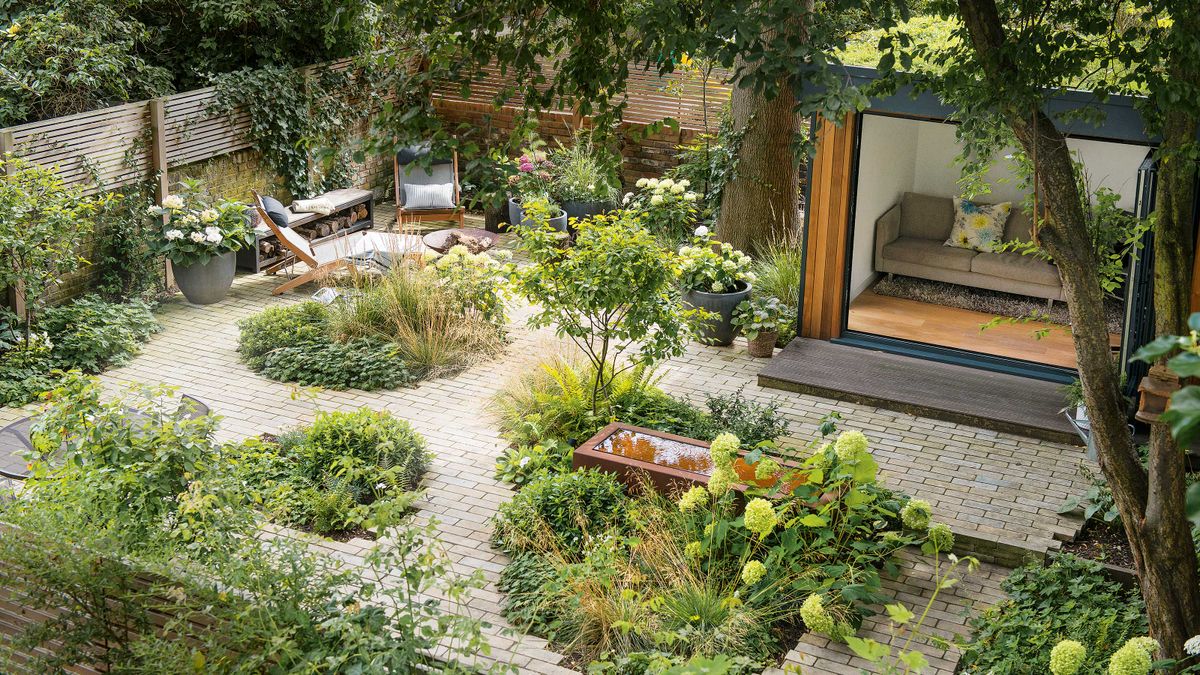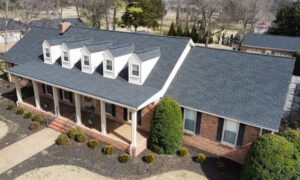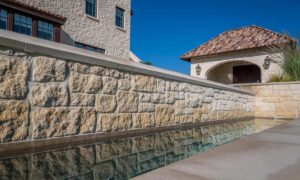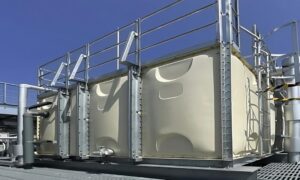Creating a visually appealing landscape is only half the equation. The real success of any outdoor space lies in how well it holds up over time. Homeowners often get caught up in the excitement of initial designs—bright flowers, fresh mulch, or newly installed fencing—without considering how these elements will perform in the months and years ahead.
The secret to a lasting landscape is smart planning and the right materials. A well-executed outdoor space should evolve gracefully, requiring minimal intervention to stay functional, safe, and attractive. Whether you’re working with a landscaping company or tackling your yard on your own, thinking about long-term durability from day one is key.
The Problem with Short-Term Thinking
Trendy features and fast installations may bring instant gratification, but they often come with hidden maintenance costs. Thin materials, improper grading, or plants not suited to your climate can lead to quick deterioration. This not only affects aesthetics—it can also result in costly repairs, replacements, or safety issues.
To avoid this, prioritize designs and installations that align with your region’s climate, your property’s terrain, and your capacity for maintenance. Durable landscaping isn’t just low-maintenance; it’s thoughtfully designed to adapt with minimal effort.
Fencing: Functional and Long-Term
Fences are one of the most prominent and permanent elements in a landscape, and they play both aesthetic and practical roles. But not all fencing materials age the same way. A solid fence installation should take into account how weather, soil conditions, and usage will affect its performance over time.
Wood fences are classic, but they require regular sealing or staining to prevent rot and warping. In contrast, vinyl and composite materials offer a longer lifespan with less upkeep. Metal options like aluminum and wrought iron provide both security and longevity, though they may need rust protection in certain environments.
Work with a fencing company that considers not just what looks good today, but what will remain strong and attractive years from now. Smart placement, durable posts, and proper installation techniques are just as important as the materials themselves.
Planting for the Long Haul
Plants are living elements, and their success in a landscape depends heavily on compatibility with your local environment. Instead of selecting plants solely for their immediate color or size, choose species that thrive in your soil type, rainfall pattern, and sun exposure.
Native plants are often ideal because they’re already adapted to the local ecosystem. They tend to require less water, resist pests naturally, and need less ongoing care. Over time, this means fewer replacements and a healthier garden overall.
Spacing is also critical. Crowding plants might create fullness quickly, but it also encourages competition for nutrients and increases the chance of disease. Give each plant the space it needs to mature properly, and you’ll enjoy a healthier, longer-lasting landscape.
Hardscapes That Hold Up
Paths, patios, retaining walls, and driveways are all part of a landscape’s foundation. These structures are expected to withstand heavy use and environmental wear, so choosing the right materials and construction methods is vital.
Concrete is durable and versatile, but it can crack if not poured correctly or if expansion joints are overlooked. Natural stone offers beauty and strength but may shift over time without proper base preparation. Brick and paver systems provide a nice balance—attractive and replaceable if damage occurs.
Discuss long-term performance and maintenance expectations with your landscaping company. Ensure drainage is accounted for to avoid pooling water or erosion, which can undermine even the best hardscape installation.
Drainage and Grading: Invisible but Essential
One of the most overlooked elements of a lasting landscape is water management. Poor drainage can wreak havoc on lawns, gardens, and hardscapes. It can also contribute to foundation issues if water consistently pools near your home.
A professionally graded yard directs water away from structures and into designated zones. French drains, dry creek beds, and rain gardens can help manage runoff while adding interest to the landscape. These solutions work silently in the background, protecting your yard and extending the life of every other feature.
Mile High Fence & Landscape LLC recognizes the importance of integrating grading and drainage early in the planning process, so landscaping doesn’t just look good—it performs reliably over time.
Sustainable Design Principles
A landscape that lasts is also one that conserves resources. Sustainable landscaping incorporates strategies that minimize waste, reduce energy use, and support the surrounding ecosystem.
This might include:
- Using drought-tolerant plants to lower water usage
- Installing efficient irrigation systems with timers or sensors
- Recycling mulch and compost to enrich soil naturally
- Selecting materials with low environmental impact or high longevity
These choices don’t just support the environment—they also reduce your long-term expenses and keep your landscape running efficiently for years to come.
Maintenance Plans with Purpose
Even the best-designed landscapes require upkeep, but maintenance doesn’t need to be overwhelming. When features are chosen and placed with durability in mind, routine care becomes simpler and more efficient.
Examples of low-effort, long-lasting choices include:
- Perennial flower beds that return each year
- Automatic irrigation systems set on timers
- Mulch beds that reduce weed growth and retain soil moisture
- Sturdy fences that require minimal refinishing
By setting realistic expectations and building in ease of care, you reduce the chances of letting the space fall into disrepair. A good landscaping company can help you understand what your yard will need monthly, seasonally, and annually.
Designing for Change
Life evolves, and so should your landscape. Designing outdoor spaces that can shift with your family’s needs ensures long-term satisfaction. Leave room for adjustments—spaces that could become gardens, play zones, or seating areas later.
Modular features, movable planters, and flexible layouts support evolving lifestyles without requiring a full redesign. Even fences can be planned with future additions or modifications in mind.
With foresight and a commitment to durability, your landscape can be a living, evolving part of your home for decades to come.
Conclusion
Landscaping that truly lasts isn’t about resisting time—it’s about working with it. A smartly designed yard adapts gracefully to changing seasons, usage, and needs. From selecting low-maintenance plants to investing in a reliable fence installation in Denver, every decision plays a part in the landscape’s longevity.
Choosing materials and layouts that stand the test of time means fewer repairs, lower costs, and greater enjoyment. And by working with a professional team like Mile High Fence & Landscape LLC, homeowners can ensure their vision is rooted in durability, function, and beauty—season after season, year after year.
Read More From Techbullion



































